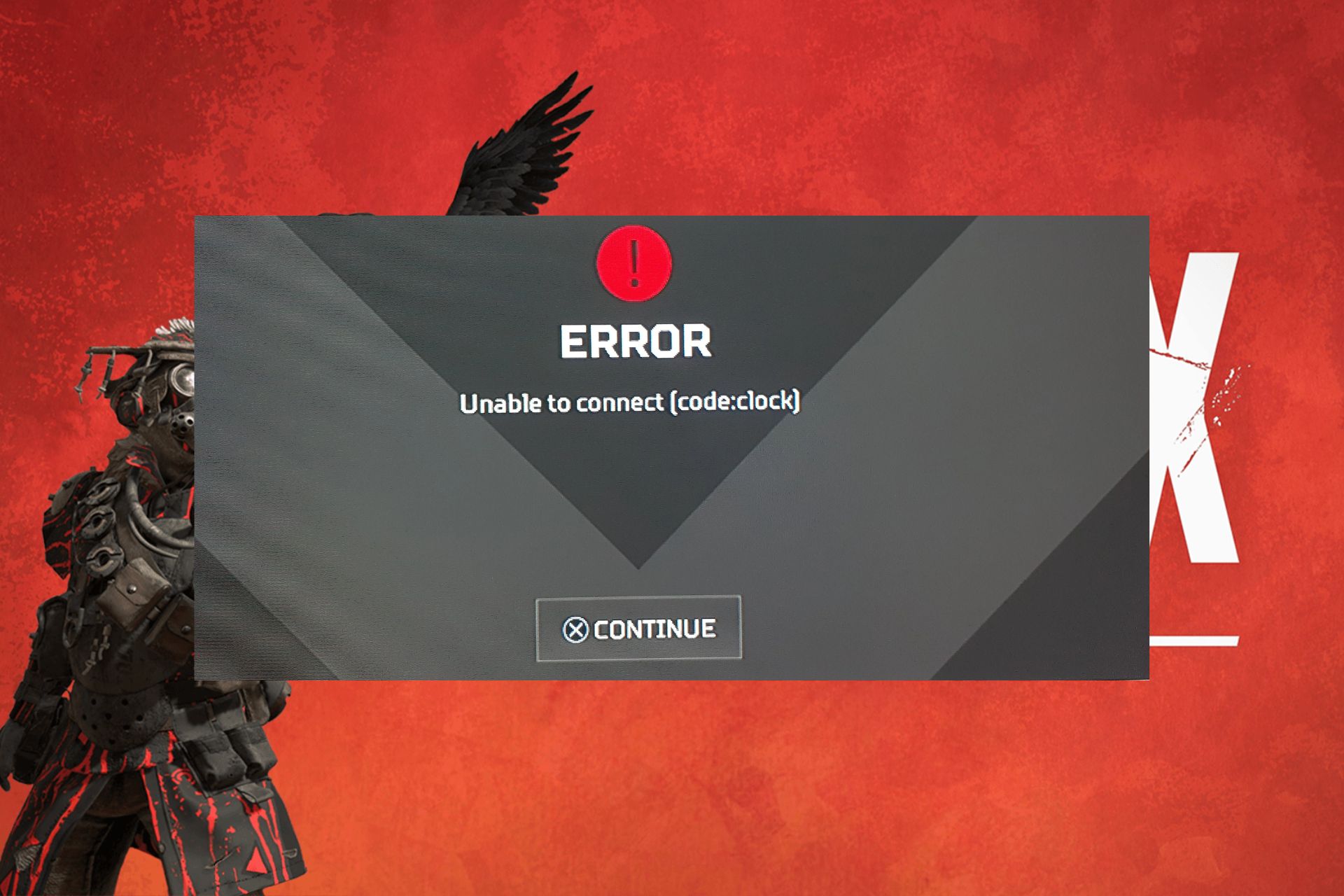Legion Go Takes the Lead: How It Stacks Up Against Steam Deck & ASUS Rog Ally
Which gaming handheld should you buy?
8 min. read
Updated on
Read the affiliate disclosure page to find out how can you help Windows Report effortlessly and without spending any money. Read more

Handheld consoles have taken over the on-the-go gaming scene for some years, but there’s a constant debate about their usability, especially regarding battery life and comfort. Yes, you can play triple-A titles on most handhelds, but is it worth doing it for just 2-3 hours at a time?
As gaming laptops got bigger and heavier, handhelds gained more popularity, starting with Valve’s Steam Deck and AYANEO’s consoles. After that, it was ROG Ally’s turn to shake the market down with a new set of features and the promise of incredible performance.
Now, Lenovo is entering the scene with the Legion Go. This highly-specced gaming handheld combines the features of all its competitors and comes with an entire ecosystem behind it. But is that enough for Lenovo to be the new top dog in the handheld space? Let’s compare them and find out.
Pricing & Availability
Pricing may be the most essential factor gamers consider when buying a handheld. It’s not an ultra-powerful desktop PC, it’s not a gaming laptop, and it’s not a gaming phone. It’s somewhere in between and has to fulfill one purpose: playing full-fledged games on the go.
That’s also the reason for the Steam Deck’s success, the cheapest gaming handheld of the bunch, coming in at only $399 for the 64GB base model. Increasing the storage to 256GB bumps the price to $529, while going for the 512GB version will cost you $649. You can buy the Steam Deck right now directly from the official website.

The ROG Ally comes in two versions: a standard one priced at $599 and a more powerful version priced at $699. Both versions come with 512GB of storage, the difference between them being the chip inside – the standard version gets the AMD Ryzen Z1 APU while the more powerful version sport an AMD Ryzen Z1 Extreme with better graphics performance. You can buy the ROG Ally from ASUS’s official store.

Lenovo Legion Go is the most expensive handheld, starting at $799. For the money, you’ll get 256GB of storage, an AMD Ryzen Z1 APU, a bigger screen, and detachable controllers. There’s no official info yet on the 512GB and 1TB versions or how the upgrade to the AMD Ryzen Z1 Extreme APU will impact the price, but based on what we already know, we can expect a top-tier version to cost around $1000. The Legion Go will be available for purchase starting in October 2023.
Performance & Usability
Regarding performance, the oldest handheld here, the Steam Deck, shows its age. Of course, not everything translates to real-life usage experience, but at least on paper, the ROG Ally and the Legion Go are way ahead of the Steam Deck.
| Lenovo Legion Go | ASUS ROG Ally | Valve Steam Deck | |
|---|---|---|---|
| APU | Up to AMD Ryzen Z1 Extreme | Ryzen Z1 Extreme 8C/16T up to 5.1 GHz Ryzen Z1 6C/12T up to 4.9 GHz | AMD Van Gogh 4C/8T up to 3.5 GHz |
| RAM | 16GB 7500Mhz LPDDR5X | 16GB LPDDR5-6400 | 16GB LPDDR5-5500 |
| Storage | 256GB / 512GB / 1TB | 256GB / 512GB | 256GB / 512GB SSD |
| Display | 8.8” QHD+ (2560 x 1600) IPS; 16:10 10-point Touch 500nits | 7″ 1920×1080, 120Hz (VRR), 500 nits, 7ms | 7″ 1280×800, 60Hz |
| Connectivity | 2xUSB Type-C, 1xmicroSD slot, Wi-Fi 6E (802.11 ax), BT 5.2 | Wi-Fi AX, BT 5.2 | Wi-Fi AC, BT 5 |
| Battery | 49.2WHr / 900 mAh | 40 Whr | 40 Whr |
| Weight | 640g / 854g with controllers | 608 g | 669 g |
| OS | Windows 11 Home | Windows 11 | Steam OS/Win 11 |
| Release Date | September 2023 | June 2023 | February 2022 |
ASUS promised that the Ally would perform twice as well as the Steam Deck at 30W, which does hold true in some instances, but keep in mind that the latter is better optimized and, according to benchmarks, runs better at 5W or in specifically optimized games. We can also expect similar performance advantages from the Legion Go, thanks to its APU (same as ROG Ally’s).
The Ryzen Z1 Extreme has 8 cores and 16 threads, based on Zen 4 architecture. The Steam Deck’s 4 cores and 8 threads can’t keep up with that, especially considering it’s based on Zen 2 architecture. Legion Go & ROG Ally are based on RDNA 3 graphics architecture, while the Steam Deck is based on RDNA 2.

This means that some significant performance gains are expected for the first two. It might seem like a two-way battle, but remember that both Lenovo and ASUS handhelds lack the seamless optimization Valve’s console is known for.
Another thing to mention in the graphics department is that the ROG Ally is the only one to support external GPUs. Using the ROG Xg mobile interface, you can connect the handheld to up to an Nvidia GeForce RTX 4090, significantly boosting performance. This makes a lot more sense while playing on a bigger screen and not so much in handheld mode.
RAM and storage are the first two areas where we see clear gains for the Legion Go. The brand new gaming console comes with LPDDR5X, compared to the LPDDR5 with lower frequencies of the competitors. And the ROG Ally and the Steam Deck are missing the 1TB storage option available for the Legion Go.

Another critical difference is the screen: Lenovo’s Legion Go has the biggest and fastest screen, with 8.8″ and 144Hz refresh rate. That’s undoubtedly one of the selling points, as the Ally has a 7″ 120Hz display, and the Steam Deck is lacking behind with a 7″ 60Hz display that can’t compete with the smoothness of the other two. If you’re after FPS, there’s only one choice here.
Things get a bit worrying for the Legion Go when it comes to battery and weight. For only 9.2WHr more than the 40WHr of the other two, it gains around 250 grams more, reaching 854 g with the controllers compared to 608 g for the Ally and 669 g for the Steam Deck.
It’s a matter of give and take: more power, a bigger screen, and more versatility at the price of weight.
Software & Game Library

In the OS department, Lenovo Legion Go and ASUS ROG Ally come with Windows 11 out of the box, while Valve’s Steam Deck runs SteamOS. With a bit of fiddling, you can also run Windows 11 on Steam Deck, but it’s not as straightforward as in the case of the other two.
Why does that matter? Because of the game libraries you can access. Since ROG Ally and Legion Go run Windows 11 natively, you can play almost any game available for PC, including Steam, Epic Games, Xbox, and many other game libraries available on Windows. The only downside is that Windows 11 is less optimized for touch than SteamOS, but this might not be a dealbreaker, depending on your use scenarios.
On the other hand, SteamOS has two significant advantages: better touch optimization and the Deck Verified program. The Deck Verified titles are games confirmed to work on Steam and are somewhat optimized. But the library isn’t big for now, which cuts some of the Steam Deck’s advantage here (pair that with the fact that you’ll have to tinker a bit to get Windows 11 and other game libraries on the console).
ROG Ally has a similar optimization called ASUS Armoury Crate SE, a user interface much like SteamOS but much less integrated into the system. Think of it as an overlay or a layer. The moment you jump out of it, the touch optimizations end, and you’ll return to the “normal” Windows 11 interface.
Design & Ergonomics
Desing-wise, the Steam Deck, ROG Ally, and Lenovo Go aren’t that different. There’s so much you can do with a specific form factor.
When it comes to the general shape and weight, the ROG Ally is the smallest, and the Legion Go is the biggest and also the heaviest, but the size of the screen plays a big part here. Steam Deck sits somewhere in the middle, being only 60 grams heavier than the Ally.
All three have similar controls with two analog sticks, directional buttons or D-PADs, ABXY buttons, and shoulder triggers, respectively shoulder buttons. Around the back, the Steam Deck has an extra pair of buttons, while the Legion Go has 2 sets of back triggers and a scroll wheel. All three consoles have menu and navigation buttons on the front.

The most significant design difference is the removable Gamepad Controls of the Legion Go, similar to Nintendo’s Switch. Both controls can be removed, leaving you with only the screen. They have their own battery and charge separately, adding another control layer to the console.
The Legion Go is undoubtedly the most versatile as it combines the best features from all the competition, starting with Steam Deck’s touchpads and ending with Nintendo Switch’s removable gamepads.
Which one should you buy?

Depending on your priorities, the answer might differ. The Steam Deck is the clear winner if you’re going after price. Lenovo’s Legion Go is the performance champ, so this should be your choice if you want FPS and versatility. The ROG Ally might bridge the gap regarding software and UI, so it’s a safe middle ground between the other two.
There’s no straightforward choice that fits everyone. Our take is that the Legion Go is a class above the others thanks to its bigger screen, button versatility, and raw performance. The downside? Weight. But taking into account that it also has some incredibly awesome accessories like the Lenovo Legion AR Glasses, we’re pretty confident giving this one to Lenovo.
The price is definitely a thing to keep in mind. Still, if you want blazing-fast performance, a big screen that can also be used for media consumption, awesome versatility, and a plethora of gaming accessories, the Legion Go is the only one that offers a complete package.
Do you agree that Lenovo Legion Go is the most powerful and feature-rich gaming handheld on the market? Let us know your opinion in the comments section below!








